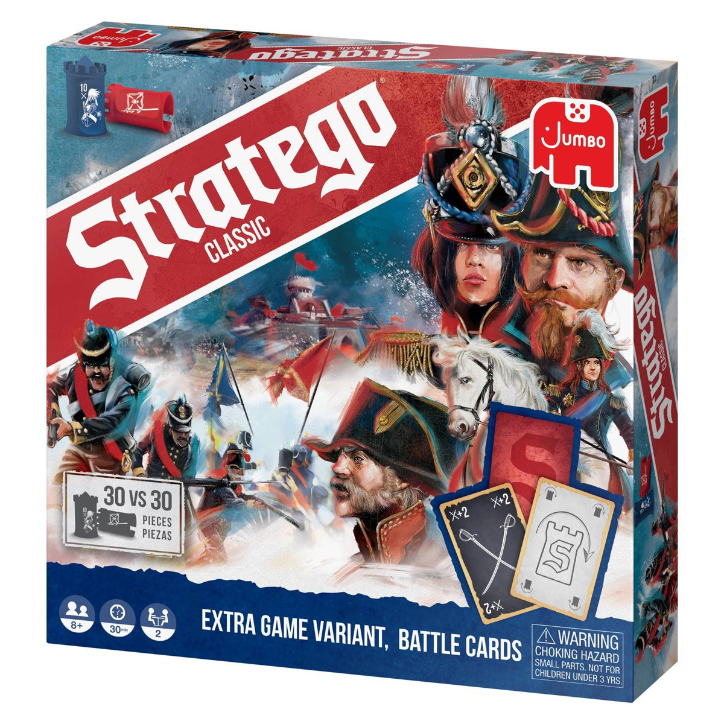Gameplay
Stratego, as you may have guessed, is a game all about strategy. It’s almost like chess, actually. Each player has 30 game pieces, and all of them have different meanings, but perhaps the most important one is the piece that represents the flag. The object of the game is to steal your opponent’s flag—but the tricky part? You have no idea where it is, and it could be any one of your opponent’s 30 pieces. And it’s probably surrounded by bombs.
The game comes with 60 game pieces: 30 red and 30 blue. Each of the pieces has an illustration visible on one side that designates it as one of 12 possible pieces:
- The flag—each player only gets one of these
- 5 bombs, which if attacked by an opponent, sends them packing. Unless it’s attacked by a miner, who can defuse the bomb
The rest are designated a number, which correlates to how powerful the pieces are:
- 10: Marshal—as the highest-ranking piece the Marshal will win out over any other piece, except a bomb or #1, the spy. Each player gets one Marshal
- 9: General—each player gets one General
- 8: Colonel—each player gets two Colonels
- 7: Major—each player gets three Majors
- 6: Captain—each player gets three Captains
- 5: Lieutenant—each player gets two Lieutenants
- 4: Sergeant—each player gets two Sergeants
- 3: Miner—Miners are special in that they can diffuse bombs. If a Miner attacks a bomb, the bomb is removed from the game and the Miner takes its place. However, they can still be taken out by any piece ranked higher than them. Each player gets four Miners
- 2: Scout—Scouts are also special, because they are the only pieces that can move multiple spaces at once. Each player gets five Scouts.
- 1: Spy—another very important piece, as it is the only piece that can defeat a Marshal, if the Spy is the one to attack. If the Marshal attacks, the Spy is out.
Except for in the case of a Spy attacking a Marshal, the highest-ranked piece will always win in an attack. So, if a Lieutenant attacks a Major, the Major wins and the Lieutenant is out of the game.
On each player’s turn, they can move one space—backwards, forwards, side-to-side, whatever you choose. If you’d like to move to a square that has an opponent’s piece, you can “attack” that piece, and both players must reveal what their piece is. If the attacker has the higher-ranked piece, they take the place of the lower-ranked piece. If the defender has the higher-ranked piece, they stay where they are and the lower-ranked piece is out. If the pieces are ranked the same, both pieces are out.
To start the game, each player organizes their pieces on the first three rows of the board that are closest to them. You can organize your pieces however you wish—a big strategic element of the game. The red player gets to go first. Whoever gets their opponent’s flag first wins!
History
Stratego is actually a slightly modified version of an early 20th century French game called L’Attaque. People have been playing it in Europe since World War II, but it only arrived in the United States in 1961. Jacques Johan Mogendorff has the trademark in the United States, though it was first registered in 1942 in the Netherlands. There it was owned by Hausemann and Hotte, and over the years it has been licensed to Milton Bradley, Hasbro, Barnes & Noble, and Target, though it is now owned by Jumbo Games.
Variations
There are many, many variations of Stratego. One of them, which actually comes along with many of the classic versions, includes Battle Cards. The original rules still apply, but this variation adds a little more excitement to the game. It comes with 15 different cards: 6 Move cards, 6 Attack cards, and 3 Defense cards.
- Move cards: Move cards influence the way that you can move around the battlefield, and are always played first
- Boat, which allows you to move horizontally or vertically to the first square on the opposite side of a lake. There are two lakes on the board that unless a Boat card is played, players must move around.
- Jump, which allows you to move a piece 2 squares by jumping horizontally or vertically over any other piece. You cannot jump over an empty space, though.
- Charge, which allows you to move one of your pieces (excluding your flag and bombs, which can’t move) exactly 2 or 3 squares in a straight line.
- Feint, which allows you to move one of your pieces 1 step diagonally, and you can move diagonally between pieces.
- Swap, which allows you to switch two of your pieces (again, excluding your flag and bombs)
- Attack cards: Attack cards influence the way you take on your opponent and is played last
- Attack, of which there are three: +1, + 2, and +3, which gives your attacking piece extra ranking points without changing its abilities. For example, a Scout can be played with the +1 Attack card and it can still move multiple spaces, but it doesn’t turn into a Miner. It will, however, beat out other Scouts. Similarly, a Colonel can be played with a +3 Attack card, and it can now defeat a Marshal or General.
- Mock attack, which allows you to attack your opponent’s piece without revealing your own piece’s ranking. Your opponent, however, must reveal their piece. No pieces are removed from the game and you remain in your original space on the board
- Armour, which allows the attacking piece to survive the blast of a Bomb. In this case, the Bomb is removed from the board.
- Spy attack, which allows the Spy to defeat any piece it attacks, except for a Bomb
- Defense cards: these cards can only be used when you’re being attacked, not when you’re doing the attacking
- Defend, of which there are three: +1, +2, and +3, which gives your defending piece extra ranking points.
The game comes with 2 decks of the Battle Cards, one red deck and one blue deck. Each of the decks are shuffled and placed facedown by each player’s side of the board. Each player draws the top three cards at the start of the game. Before the game begins, you have the option to discard all three of your cards, place them at the bottom of your deck, and pick up 3 new cards.
On your turn, you can swap a card, placing a card from your hand at the bottom of your deck and picking up a new one, or you can move or attack and optionally play a card. If you swap a card, it ends your turn and you can’t swap a card on your next turn. After you play a card, it is out of the game and cannot be shuffled back into the deck.
Other variations, including, but not limited to:
- Electronic Stratego: Introduced by Milton Bradley in 1982, this variation has a battery operated, touch-sensitive board. It also has a number of different features, for example, the board is 8 squares by 10 squares instead of 10 by 10, there are hidden bomb pegs instead of bomb pieces, and other small changes that add just a little extra something to the electronic version
- Ultimate Stratego: allows 4 players to play simultaneously
- Science Fiction Version: the board has a futuristic science fiction theme, and features unique “Spotter” pieces
- Stratego Waterloo: for the bicentenary of the Battle of Waterloo in 2015, Jumbo released this version, which instead of using ranks, uses the different historical units that had actually fought at the battle.
- Stratego Conquest: can be played with two players or four players and is played on a world map
- Stratego Fortress: a 3D version of Stratego
- Fire and Ice Stratego: this version has different pieces and rules of movement, featuring 30 magical and mythological pieces with special powers
- Themed versions:
- The Lord of the Rings
- Star Wars
- Chronicles of Narnia
- Pirates of the Caribbean
- Marvel Comics
- Transformers
- Sharpe’s Attack
- Duel Masters
- Democrats vs. Republicans
- Civil War
Reception & Awards
Stratego is a classic game played all around the world; there’s actually Stratego competitions in many different countries, but the game is particularly popular in the Netherlands, Greece, Germany, and Belgium, where regular world and national championships are organized. The Stratego World Championships have been held every year since 1997, and are sponsored by the International Stratego Federation. Since 1958, over 40 million Stratego games have been sold around the world.
Recent Blogs
Recent Blogs
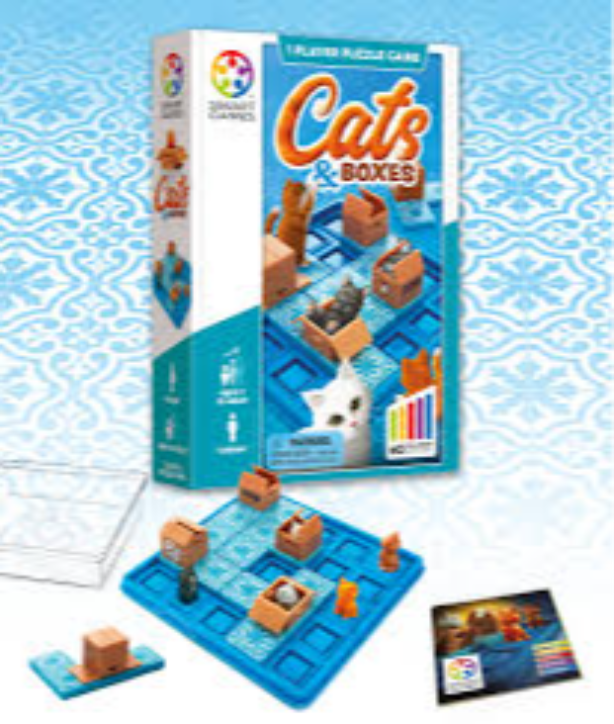
Reviews
Game Review: Cats & Boxes

Biographies and Interviews
Ana Maria, Founder of The Magical Underland Inc., Rings in the Holidays with a new kind of Christmas Tree
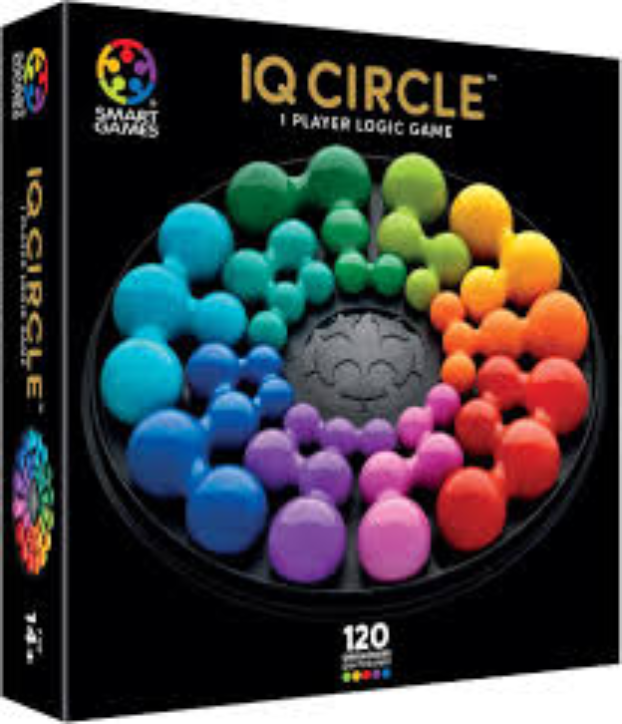
Reviews
Game Review: IQ Circle

Biographies and Interviews
Catching up with Eric Olsen, The Inventor of Flip 7 and Co-Creator of Messy Table Games

Reviews
Book Review: Happytecture by Anna Devís & Daniel Rueda
See more
Recent Wiki
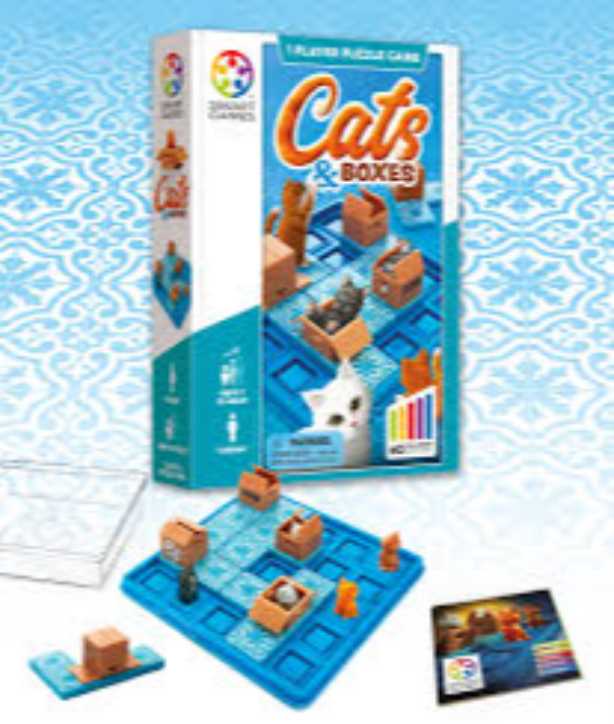
BOOK REVIEWS
Game Review: Cats & Boxes

PEOPLE
Ana Maria, Founder of The Magical Underland Inc., Rings in the Holidays with a new kind of Christmas Tree
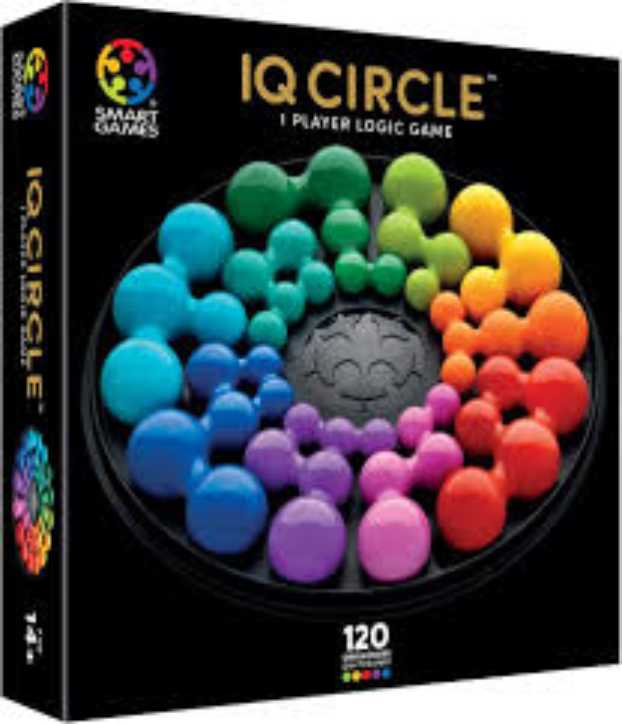
BOOK REVIEWS
Game Review: IQ Circle

PEOPLE
Catching up with Eric Olsen, The Inventor of Flip 7 and Co-Creator of Messy Table Games

BOOK REVIEWS
Book Review: Happytecture by Anna Devís & Daniel Rueda
See more
POP's Got Talent

POP Entertainment
Randy Klimpert Shares his Ukulele Collection

POP Entertainment
Steve Casino Peanut Art

POP Entertainment
Everyone's Talking about POP!

POP Entertainment
Princess Etch - a Multi-Talented Etch A Sketch Artist

POP Entertainment
Joseph Herscher of Joseph' s Machines.
See more
Recent POPcast

Hidden Role: The Brains Behind your Favorite Games
Connie Vogelmann designed Apiary & Wyrmspan!

Hidden Role: The Brains Behind your Favorite Games
Bob Fuhrer... Is THE Crocodile Dentist!

Hidden Role: The Brains Behind your Favorite Games
Tom Dusenberry... Bought Atari, Wizards of the Coast, and Avalon Hill!

Hidden Role: The Brains Behind your Favorite Games
Matt Leacock created Pandemic... the game!

Hidden Role: The Brains Behind your Favorite Games
Scott Brown and Tim Swindle... are Launching a New Sport!
See more
POPDuos

POPDuos: Interviews with Legends and Leaders
POPDuo: Richard Dickson, Mattel’s President & COO, and Kedar Narayan, Young Inventor Challenge AMB

POPDuos: Interviews with Legends and Leaders
POPDuo: Will Shortz and Josh Wardle

POPDuos: Legends and Leaders Explore Creativity
POP Duo: Elan Lee, Co-Founder, Exploding Kittens.and Jeff Probst, Host and Exec Producer, Survivor

POPDuos: Legends and Leaders Explore Creativity
POP Duo: David Fuhrer, MNG Director, Blue Sq Innovations & Shawn Green, past Dodgers & Mets MLB Star

POPDuos: Legends and Leaders Explore Creativity
POP Duo: Bob Fuhrer, Founder, Nextoy and Tom Fazio, Golf Course Designer
See more




